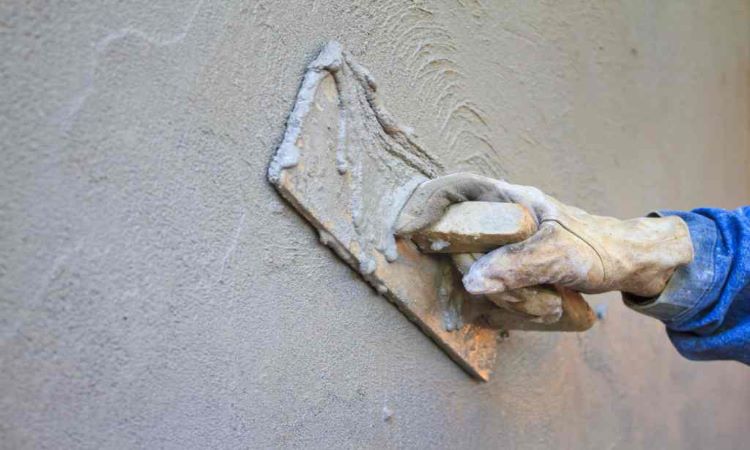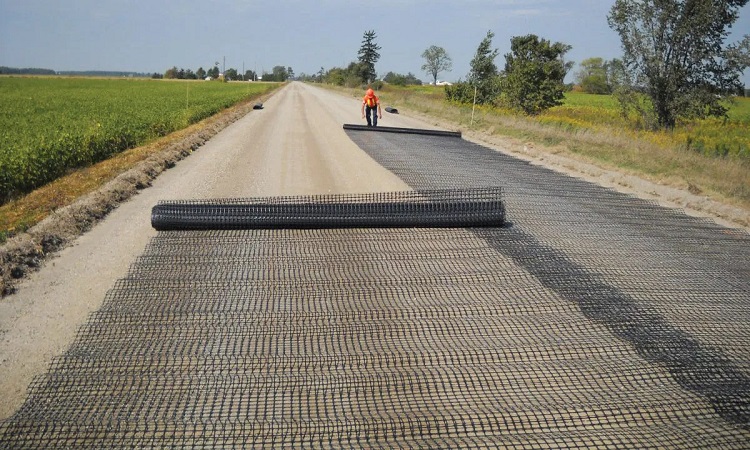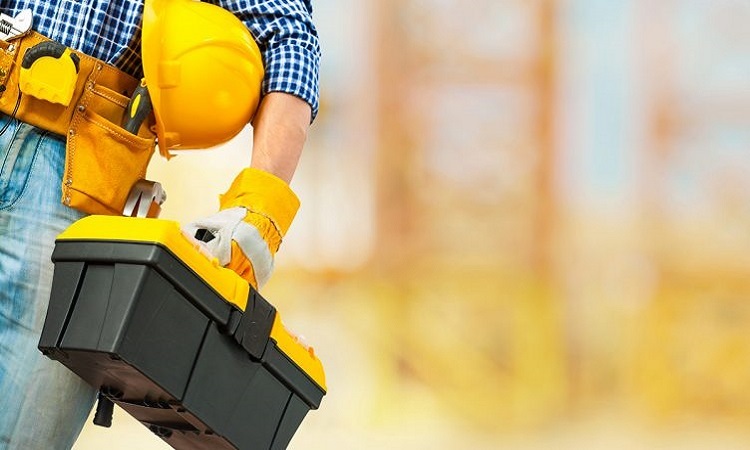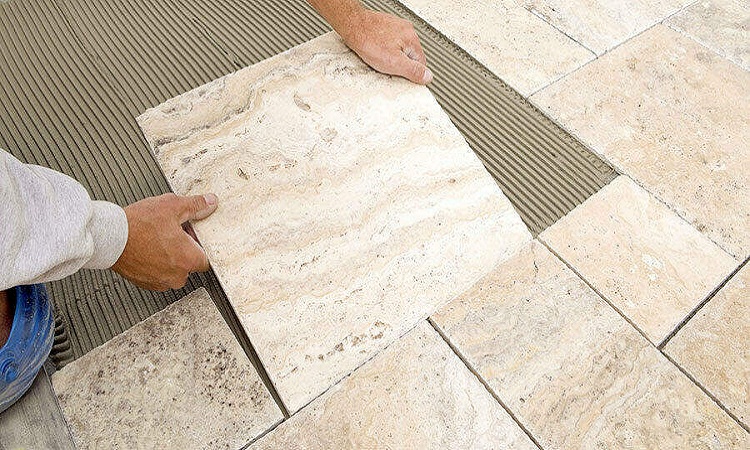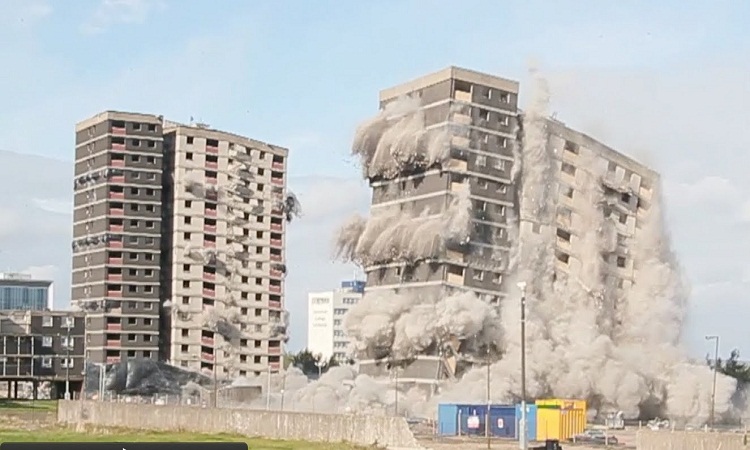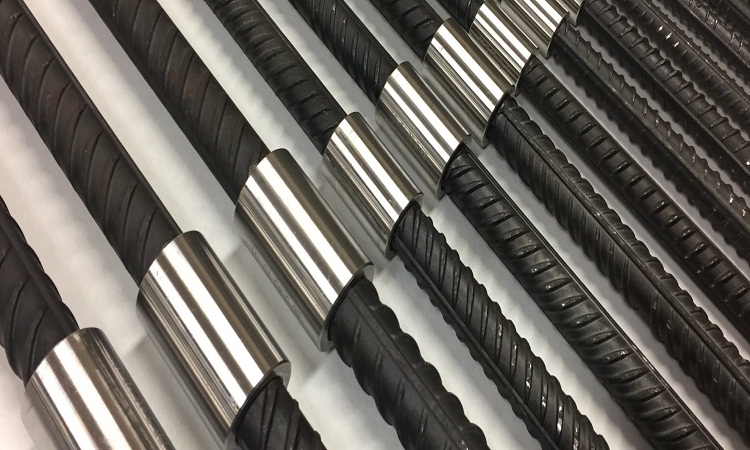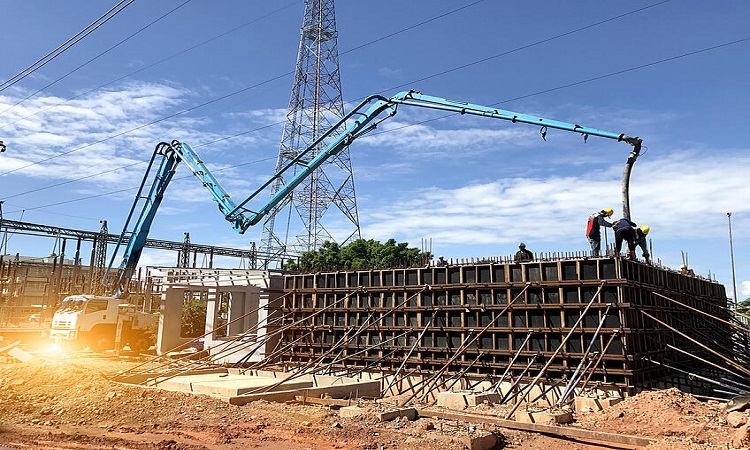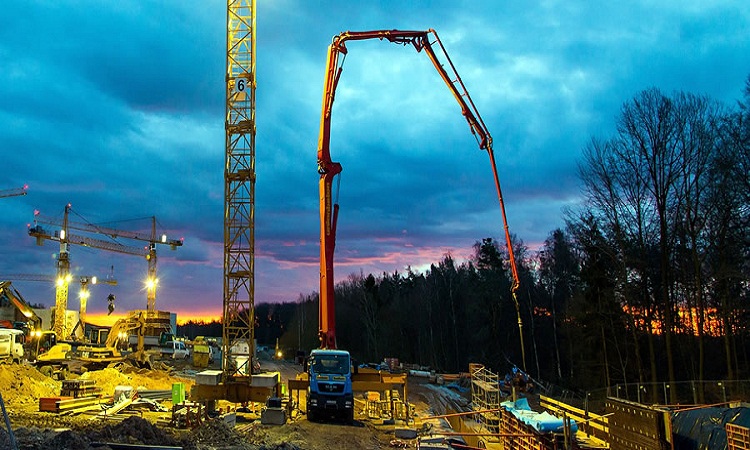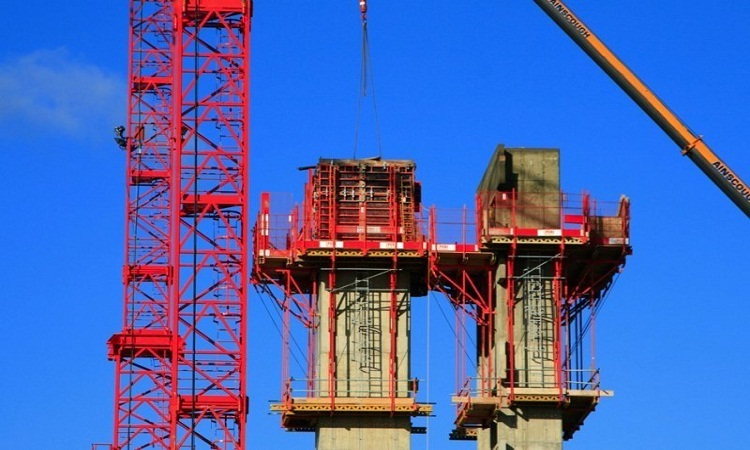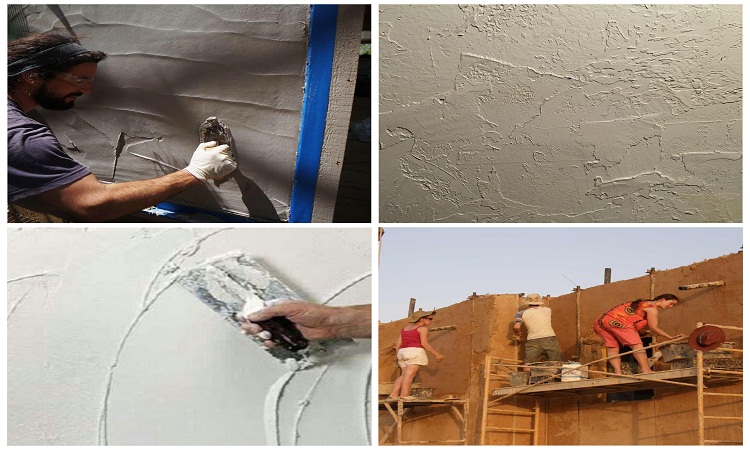Plaster is a smooth paste made of sand, lime & water which goes hard when it dries. Plaster is utilized to cover walls & ceilings and is also utilized to make sculptures. Plastering is the process of applying a thin cover of cement mortar over the exposed surface to safeguard the wall against penetration of rainwater and…
Use of Geotextile in Construction and Future Scope
Geotextiles are synthetic and absorbent materials utilized in civil construction projects to improve soil characteristics. Geotextiles make poor soils more suitable for construction since they can separate, filter, reinforce, protect and drain soils. Geotextiles are permeable or porous fabrics manufactured with polyester or polypropylene. Structurally, they have tiny pores & hence…
Important Questions and Answers on Building Repair Part-1
Building repairs are expensive and the more they are delayed, the more costly they become. Many times, the Contractor selected for repairs has very little or no technical knowledge of what is required to be done and he somehow manages to complete the work. After a few years, the building…
Tiling on Floors and Walls – Procedure of Fixing Tiles
Floors are horizontal elements of a building structure that divide the building into different levels for the purpose of creating more accommodation within the restricted space, one above the other, and also provide support for the occupants, furniture, and equipment of a building. Selection of Floor Finish In residential or…
What is Building Demolition? Different Building Demolition Techniques
What is Building Demolition? The building demolition technique means destruction, tearing down, breakup, removal of some parts of the building or whole structure, generally demolition is carried out when the life of the building is over or to construct a new structure by replacing the older one, also it is…
What is Rebar Coupler? Its Types, Advantages, and Disadvantages
Rebar coupler or mechanical splices are utilized in reinforced concrete structures to replace normal rebar lap joints. The rebar coupler is also suitable for use in reinforced concrete columns & walls. Rebar coupler consists of a piece of rebar equipped with a thread & coupler sleeve at the right end…
Checklist for Pumped Concrete, Site Planning, and Precautions
Pumped concrete moves as a cylinder riding on a thin lubricating film of grout/mortar on the internal diameter of the pipeline. Before pumping begins, the entire pipeline’s interior diameter must be coated with either grout or a specialized commercial primer using the methods for 100% coating of the pipe walls…
What is Pumped Concrete? Advantages and Disadvantages of Pumped Concrete
Pumped concrete is the concrete that is transported to heights by means of pumping using concrete pumps. Pumped concrete is utilized where a large quantity of concrete work is involved at a greater height, where different methods of transport are not easy to do. Concrete pumps have been known for…
Slip Formwork – Applications, Advantages, and Disadvantages
Slip formwork is an economical, rapid, and precise form of construction that can be used to build concrete, reinforced concrete, or pre-stressed concrete structures. Although slip formwork isn’t suitable for all types of structures, it can be used to construct a wide variety of structures such as silos, chimneys, building…
Different Types of Plaster in Building Construction
Plaster is a building material used for covering the rough surfaces of walls, columns, ceilings, and other building components with a thin coat of plastic mortars to form a smooth durable surface. The coating of plastic material is called plaster. This process is known as plastering. Plaster is sometimes called…
